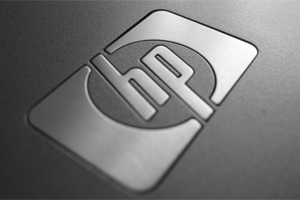STEP 1: Downsize Your Print Job
In 2006, annoyed by all the paper waste he witnessed in corporate America, ProgressiveRx founder Hayden Hamilton launched a fresh venture: GreenPrint, his Portland-based firm’s eponymous software, lets you flag and delete unwanted pages from the printer queue—like those mostly blank pages of Web detritus that pile up at the office print hub. It’s no joke at big companies, where the average employee prints up to 10,000 pages per year, according to a 2004 study. In large offices, Hamilton boasts, GreenPrint can reduce paper waste by 14 percent on average. He’s been hitting up hardware and software makers about bundling GreenPrint with their products, and Xerox now offers it free with certain printers. If all goes as planned, the latest upgrade, specially tailored for corporate needs, will bring other Fortune 500 firms on board. Individuals, meanwhile, can download a free Windows version at PrintGreener.com.
STEP 2: Put Your Font on a Diet
Leave it to the Dutch to develop a font that uses up to 20 percent less ink—a carbon intensive commodity pricier than top-shelf scotch. On a relative’s hunch, Gerjon Zomer and his partners at Spranq, an Utrecht marketing agency, began tinkering with an open-source version of the popular Verdana typeface, imbuing the letters with negative space: tiny white stripes, stars, circles, and squares. Ink conservation competed with legibility—striped letters, for instance, used just half as much ink, but appeared fuzzy on-screen; in the end, the microcircles triumphed. Ecofont has limitations. You can’t blow it up much before the holes are visible, and so far, it’s Swiss-cheese Verdana or bust. But it’s also free, and within three months of its release, 500,000 people flocked to Ecofont.eu for a download. Its creators promise more to come. “We are working on an ingenious way to give every font its Ecofont variant,” Zomer told us recently.
STEP 3: Ignore Hewlett-Packard
Not long ago, HP ink cartridges bore a chip with an expiration date, after which the ink stopped flowing. Now the company’s printer software merely creates a pop-up warning that the ink is going bad and the cartridge needs to be replaced—even if it’s three-quarters full. HP marketing spokesman Thom Brown says it’s meant to prevent damage to the printer. But consumers who pay it heed are forced to waste ink and buy new cartridges that in some cases cost more than the printer itself. Eco- and cost-conscious folks willing to blow off the company’s advice can buy refurbished cartridges or refill their own with a syringe.















